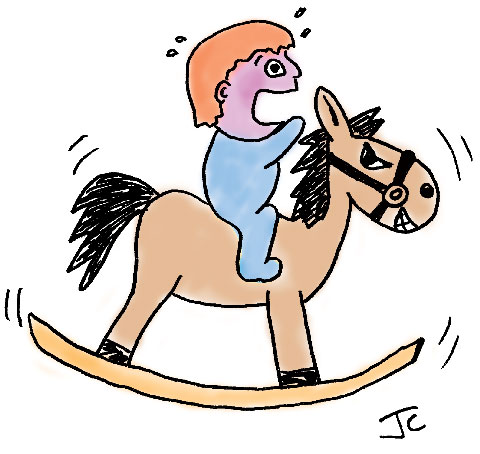While equine horses are acknowledged as potentially dangerous, another branch of the horse family — the non-equine horses — has quietly infiltrated modern society, and the dangers of their existence have been overlooked. When searching the South Australian Injury Surveillance and Control Unit database for presentations of horse-related injuries to a paediatric emergency department over a 5-year period,1 one of us (J A C) found a subgroup of data relating to injuries caused by horses of a non-equine nature. The data were initially discarded, but we faced growing concern that these horses may represent an unrecognised danger to society. After retrieving these data, we undertook an observational study in an attempt to fill a gap in published knowledge, and provide a discourse on five varieties of non-equine horse that may be responsible for occasional injury, distress and the odd foreign body.
- John A Craven1
- Jacquie K Schutz2
- 1 Emergency Department, Canberra Hospital, Canberra, ACT.
- 2 Department of Paediatric Emergency Medicine, Women’s and Children’s Hospital, Adelaide, SA.
- 1. Craven JA. Paediatric and adolescent horse-related injuries: does the mechanism of injury justify a trauma response? Emerg Med Australas 2008; 20: 357-362.






Abstract
A search for the term “horse” in the database of the South Australian Injury Surveillance and Control Unit was performed for presentations of horse-related injuries to a paediatric emergency department of an Australian tertiary teaching hospital over a 5-year period.
After all equine-related episodes were extracted, the remaining presentations were herded together and conclusions were jumped to.
When legitimate science and research technique failed, poetic licence was prevailed upon.